Emphasis on Cost Reduction
Cost reduction remains a critical driver in the Clinical Risk Grouping Solution Market. Healthcare organizations are under constant pressure to manage expenses while maintaining high-quality care. Clinical risk grouping solutions facilitate this by enabling providers to identify high-risk patients and allocate resources more effectively. By focusing on preventive care and early intervention, these solutions can help reduce hospital readmissions and associated costs. The potential for significant savings is prompting healthcare systems to invest in clinical risk grouping technologies, which are seen as essential tools for achieving financial sustainability in an increasingly competitive environment.
Increasing Demand for Data Analytics
The Clinical Risk Grouping Solution Market is experiencing a notable surge in demand for data analytics capabilities. Healthcare organizations are increasingly recognizing the value of data-driven decision-making to enhance patient outcomes and operational efficiency. The integration of advanced analytics tools allows for the identification of high-risk patients, enabling proactive interventions. According to recent estimates, the market for healthcare analytics is projected to reach USD 50 billion by 2026, reflecting a compound annual growth rate of approximately 25%. This trend underscores the necessity for clinical risk grouping solutions that can effectively harness data to inform clinical practices and resource allocation.
Rising Focus on Patient-Centric Care
In the Clinical Risk Grouping Solution Market, there is a pronounced shift towards patient-centric care models. Healthcare providers are increasingly prioritizing the needs and preferences of patients, which necessitates the implementation of clinical risk grouping solutions that can tailor interventions accordingly. This approach not only enhances patient satisfaction but also improves health outcomes. As healthcare systems evolve, the emphasis on personalized treatment plans is expected to drive the adoption of clinical risk grouping solutions. The market is anticipated to grow as organizations seek to align their services with patient expectations, thereby fostering a more engaged and informed patient population.
Integration of Artificial Intelligence
The integration of artificial intelligence (AI) technologies is transforming the Clinical Risk Grouping Solution Market. AI-driven solutions are capable of analyzing vast amounts of patient data to identify patterns and predict outcomes, thereby enhancing the accuracy of risk assessments. This technological advancement is likely to streamline clinical workflows and improve the efficiency of healthcare delivery. As AI continues to evolve, its application in clinical risk grouping is expected to expand, potentially leading to more precise and timely interventions. The market for AI in healthcare is projected to reach USD 36 billion by 2025, indicating a robust growth trajectory that will likely benefit clinical risk grouping solutions.
Regulatory Incentives for Quality Improvement
Regulatory incentives aimed at improving healthcare quality are playing a pivotal role in the Clinical Risk Grouping Solution Market. Governments and regulatory bodies are increasingly implementing policies that reward healthcare providers for delivering high-quality care. These incentives often require the use of clinical risk grouping solutions to accurately assess patient populations and demonstrate compliance with quality metrics. As a result, healthcare organizations are more likely to adopt these solutions to meet regulatory requirements and secure funding. The ongoing evolution of healthcare regulations is expected to further drive the demand for clinical risk grouping technologies, as providers seek to align their practices with established quality standards.


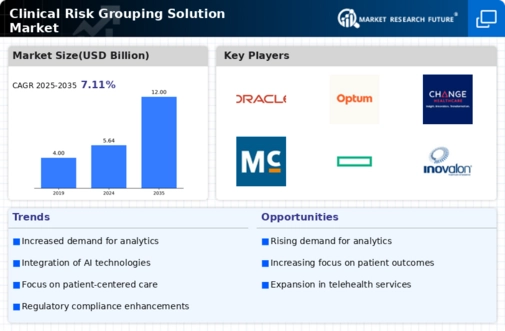
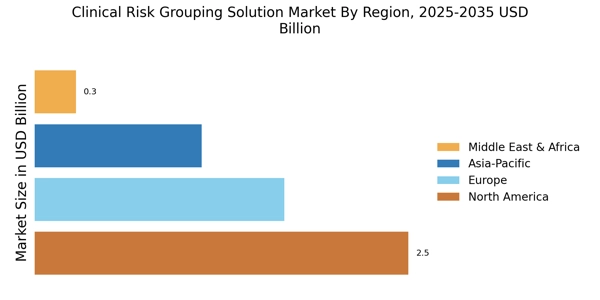
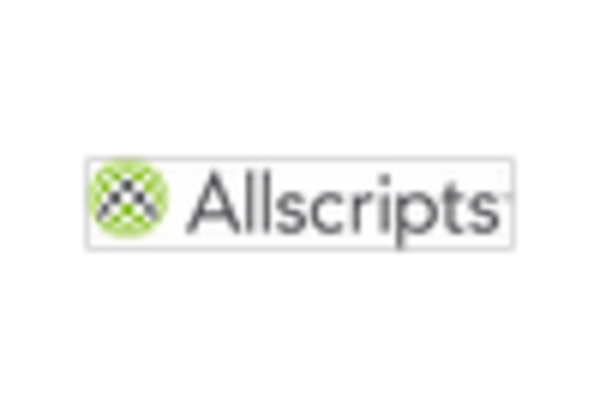
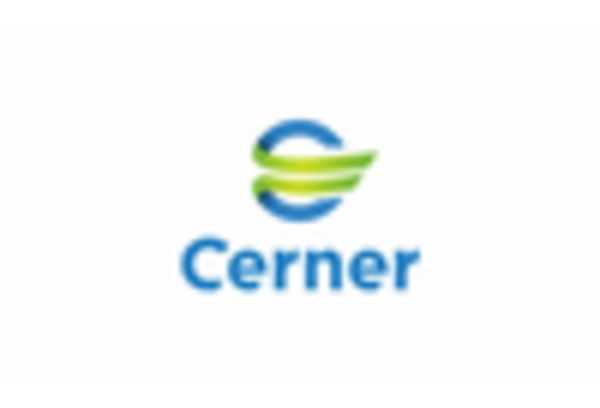
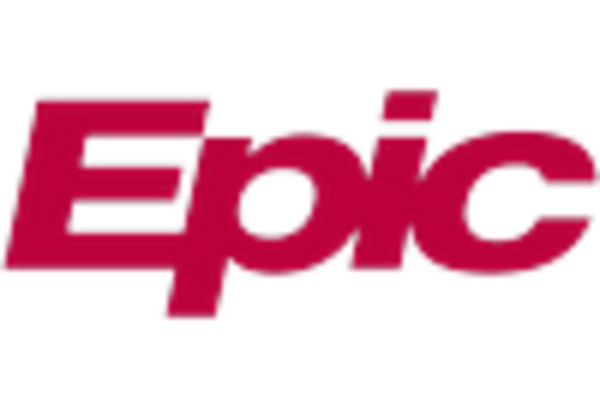
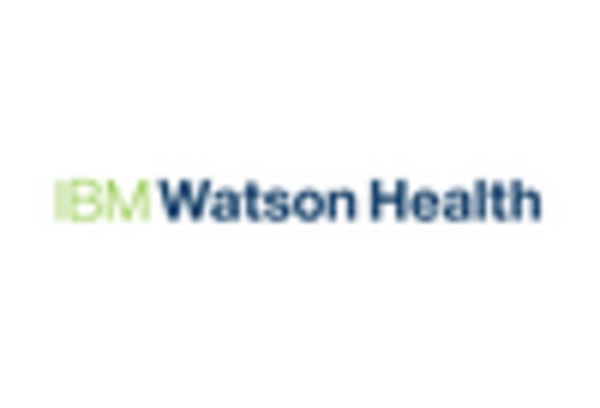
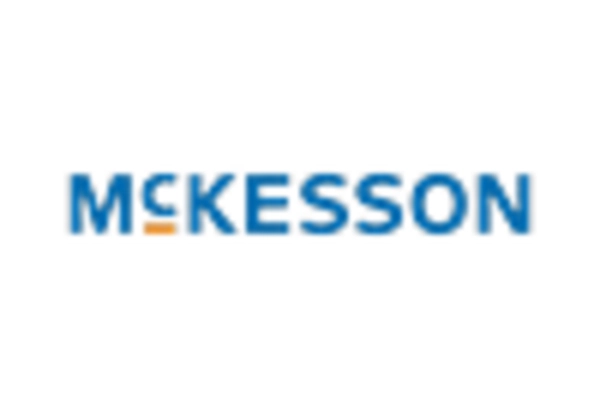









Leave a Comment